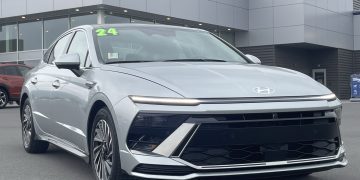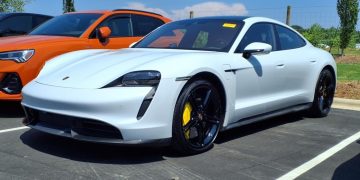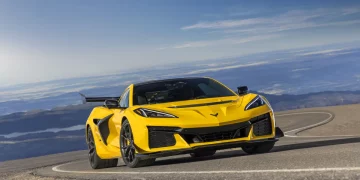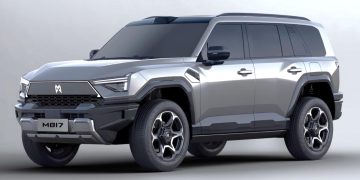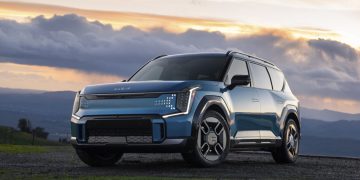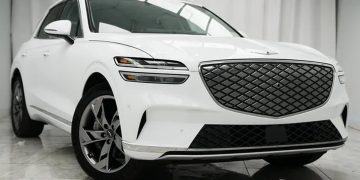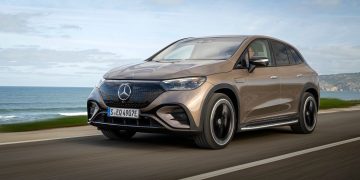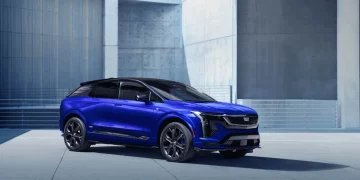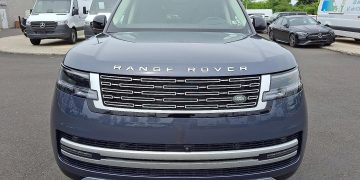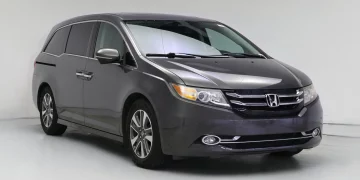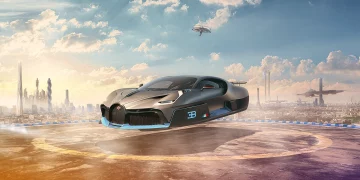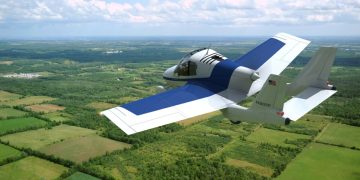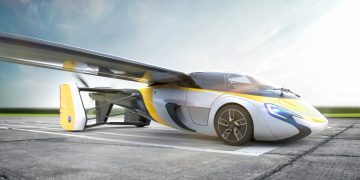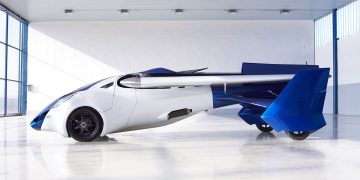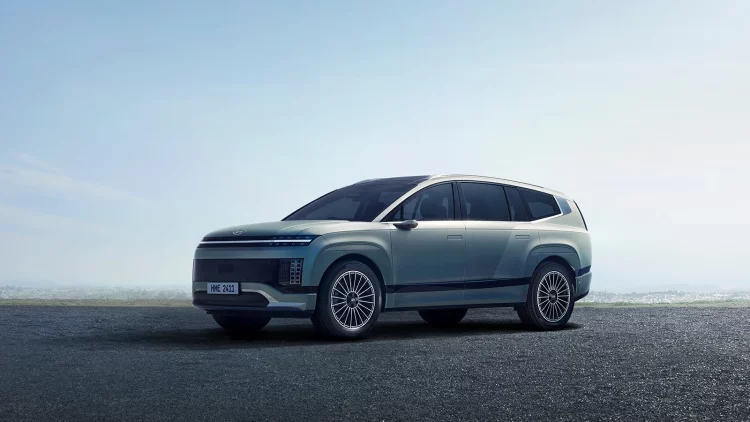As the automotive industry continues to innovate, Multi-Purpose Vehicles (MPVs) are at the forefront of integrating cutting-edge technology. Today’s MPVs are not just about spacious interiors and stylish exteriors—they are increasingly becoming smart, connected, and technologically advanced machines. Smart technologies, powered by artificial intelligence (AI) and other innovative systems, are revolutionizing the way MPVs enhance driving experiences, passenger comfort, and safety. In this article, we will explore how smart technology is enhancing the driving experience in MPVs, focusing on AI, automation, connectivity, and more.
The Rise of Smart Technology in MPVs
1. Introduction to Smart Technology in Automotive Industry
In recent years, the integration of smart technology into automobiles has become one of the most important trends in the automotive industry. The development of AI, machine learning, connected devices, and Internet of Things (IoT) systems has allowed manufacturers to transform traditional vehicles into highly sophisticated machines. MPVs, with their focus on family transportation, comfort, and practicality, are also embracing these technological advancements to improve user experiences and vehicle functionality.
2. Importance of AI and Automation in Modern MPVs
AI and automation are particularly significant in MPVs due to the increasing need for seamless driving and passenger comfort. These technologies enable vehicles to learn from driver behaviors, optimize driving performance, enhance safety features, and provide a more personalized experience for passengers.
The integration of AI and automation technology also allows MPVs to adapt to dynamic driving conditions, offering features like automatic driving assistance, predictive maintenance, and real-time data analytics. These technologies enhance the driving experience by improving both the convenience and safety of the vehicle.
Key Technologies That Enhance MPVs
1. Advanced Driver Assistance Systems (ADAS)
One of the standout features of smart technology in MPVs is the integration of Advanced Driver Assistance Systems (ADAS). These systems are designed to assist drivers by providing real-time feedback, preventing accidents, and improving vehicle handling. ADAS includes a wide range of features such as:
- Lane-keeping Assist (LKA): This technology uses sensors to monitor lane markings and ensures the vehicle stays within its lane. If the vehicle begins to drift, it alerts the driver and can even steer the vehicle back into the lane if necessary.
- Adaptive Cruise Control (ACC): ACC maintains a safe distance between vehicles by automatically adjusting speed. It’s particularly useful for highway driving, ensuring drivers don’t have to manually adjust the cruise control.
- Automatic Emergency Braking (AEB): AEB detects potential collisions and automatically applies the brakes to prevent or mitigate an impact. This feature is particularly important for MPVs that often carry families and passengers.
- Blind Spot Detection (BSD): Using radar sensors, BSD alerts the driver when there is a vehicle in the blind spot, reducing the likelihood of accidents while changing lanes.
These systems are powered by AI algorithms that analyze data from cameras, radar, and ultrasonic sensors to make split-second decisions and improve vehicle handling.
2. AI-Powered Voice Assistants
Another groundbreaking feature in smart MPVs is the integration of AI-powered voice assistants. Similar to Siri or Google Assistant, these systems allow drivers and passengers to control various vehicle functions through voice commands. The primary functions include:
- Navigation Control: Passengers can ask for real-time directions, re-route the navigation system to avoid traffic, or locate nearby services like fuel stations or restaurants.
- Entertainment Control: MPV owners can control media systems using voice commands to play music, change radio stations, or adjust the volume, all without taking their hands off the wheel.
- Vehicle Settings: With AI-powered voice assistants, users can adjust climate control, seat positions, and even configure lighting preferences.
These voice assistants are becoming increasingly sophisticated, adapting to the user’s preferences and learning over time to enhance the overall user experience.
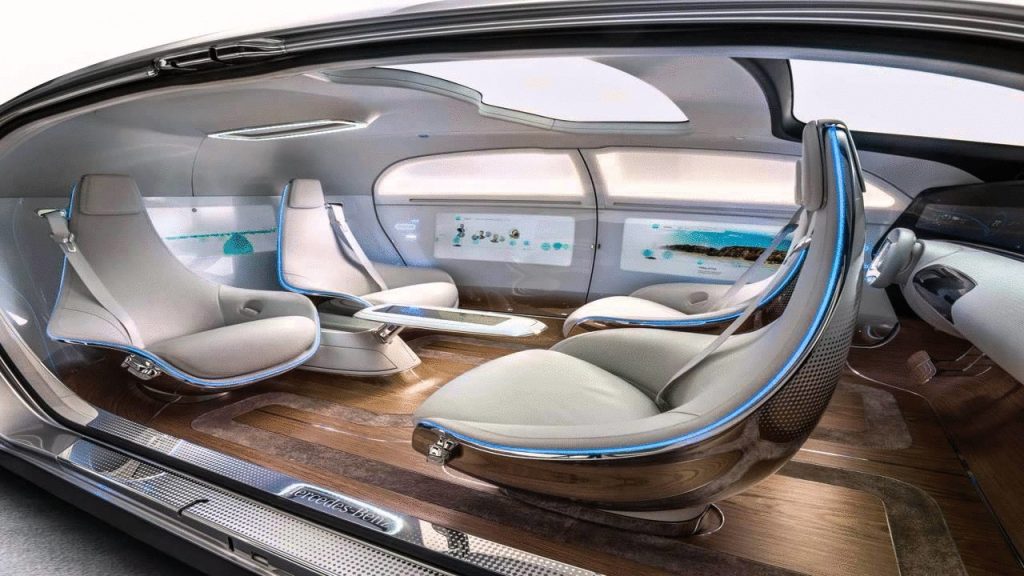
3. Autonomous Driving Features
MPVs are beginning to incorporate semi-autonomous driving technologies that push the boundaries of traditional vehicles. Autonomous driving features enable vehicles to handle certain driving tasks without human intervention, offering greater convenience and safety.
- Self-Parking: Some luxury MPVs are now equipped with self-parking technology, which uses sensors and cameras to navigate tight parking spaces and park the vehicle autonomously. This is a significant benefit for those who frequently park in crowded or tight urban environments.
- Automated Lane Changing: Autonomous driving features can change lanes automatically based on real-time traffic analysis. This is useful for MPVs used in business or family travel, where minimizing driver effort and maximizing safety are key priorities.
While full autonomy is still a few years away from widespread adoption, these semi-autonomous systems make driving much easier and safer for MPV owners.
4. Connectivity and Infotainment Systems
Smart technology in MPVs also extends to the realm of in-car connectivity. Modern MPVs come equipped with cutting-edge infotainment systems that provide seamless integration with smartphones, media devices, and the internet. Features like Apple CarPlay, Android Auto, and in-car Wi-Fi allow passengers to stay connected on the go, ensuring they can work, communicate, or entertain themselves while traveling.
- In-Car Wi-Fi: Many MPVs now offer built-in Wi-Fi, allowing passengers to stream movies, work remotely, or stay connected to the internet during long trips. This is especially valuable for business professionals traveling with colleagues or families, enabling them to remain productive or entertained without relying on mobile hotspots.
- Real-Time Traffic and Navigation Updates: Advanced MPV systems use real-time data to provide traffic updates, route suggestions, and alternative paths. These systems reduce the stress of travel, helping drivers avoid traffic jams and delays.
5. Smart Climate Control Systems
MPVs are increasingly equipped with smart climate control systems that go beyond simple temperature adjustment. These systems use AI and sensors to detect the preferences of each passenger and adjust the climate settings accordingly.
- Multi-Zone Climate Control: In MPVs with multiple rows of seats, passengers can control the temperature independently of one another, ensuring that everyone stays comfortable during long journeys.
- Air Quality Control: Some luxury MPVs are now equipped with advanced air filtration systems that purify the cabin air, reducing allergens and pollutants. This is particularly important for families or travelers with allergies or sensitivities.
6. Predictive Maintenance
AI-powered predictive maintenance is another important feature in modern MPVs. By using data collected from various sensors within the vehicle, AI can monitor the condition of key components and predict when they are likely to fail or require maintenance. This helps prevent breakdowns and ensures that MPVs remain in optimal condition, reducing the likelihood of costly repairs or unexpected downtime.
Predictive maintenance can also schedule service appointments automatically and alert the driver about needed repairs, making vehicle maintenance more convenient and efficient.
The Future of Smart Technology in MPVs
1. Full Autonomy and AI Integration
As AI continues to advance, we can expect MPVs to become more autonomous, with vehicles that can drive themselves under certain conditions. Full self-driving MPVs are on the horizon, which will eliminate the need for human drivers, allowing passengers to relax, work, or socialize during travel.
In addition to autonomous driving, AI systems will continue to evolve to offer more personalized driving experiences. MPVs will likely become better at understanding individual preferences, predicting user needs, and responding to changing environments with minimal input from the driver.
2. Enhanced Connectivity and IoT Integration
The integration of the Internet of Things (IoT) will expand MPVs’ connectivity even further. Vehicles will be able to communicate with smart home devices, smart city infrastructure, and other vehicles on the road, creating a highly interconnected travel experience.
For instance, MPVs could automatically adjust the temperature of your home before you arrive or find available parking spots in a busy city. This level of integration will improve both convenience and efficiency for MPV owners.
3. Sustainable and Green Technologies
With the growing demand for sustainable and eco-friendly technologies, future MPVs may include electric and hybrid powertrains, along with AI systems that optimize energy consumption for greater efficiency. These vehicles will offer the same level of luxury, performance, and technology but with a significantly reduced environmental impact.
Conclusion: How Smart Technology Will Continue to Shape the MPV Experience
Smart technology is transforming the way we drive and experience vehicles, and MPVs are no exception. From AI-powered voice assistants and autonomous driving capabilities to advanced connectivity systems and predictive maintenance, the integration of cutting-edge technology is enhancing every aspect of the MPV experience. As technology continues to evolve, MPVs will only become smarter, more efficient, and more adaptable to the needs of modern drivers. The future of MPVs is undoubtedly one that is deeply intertwined with the advancement of smart technology, offering a driving experience that is not only convenient and comfortable but also highly innovative and forward-thinking.

